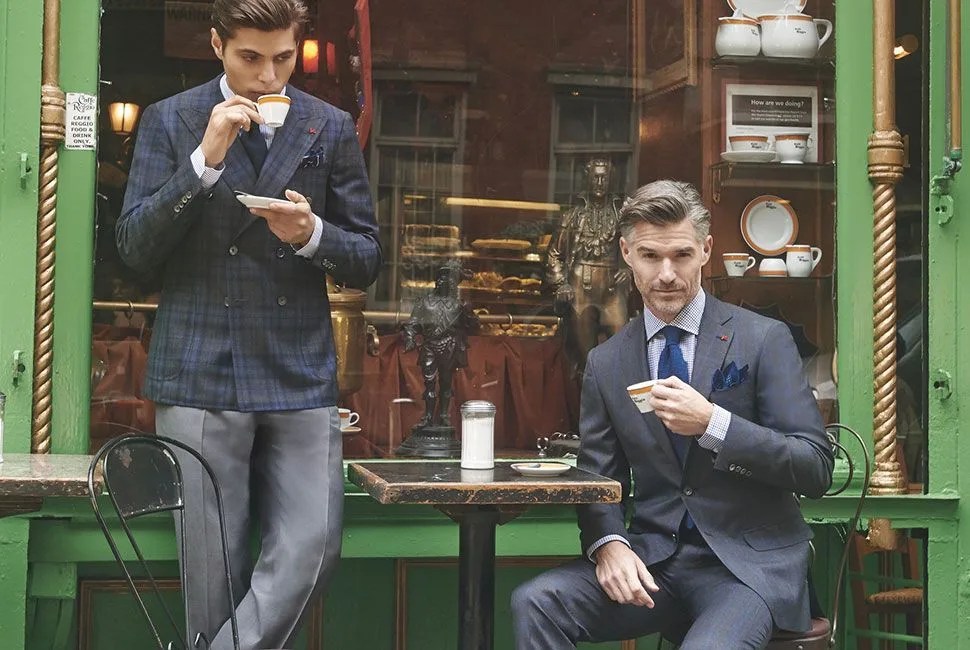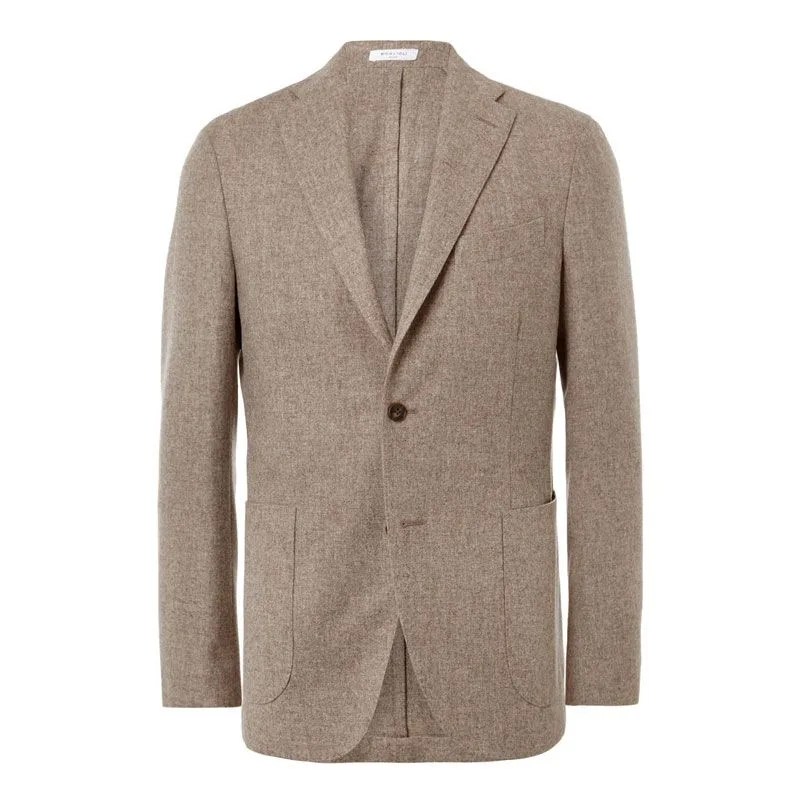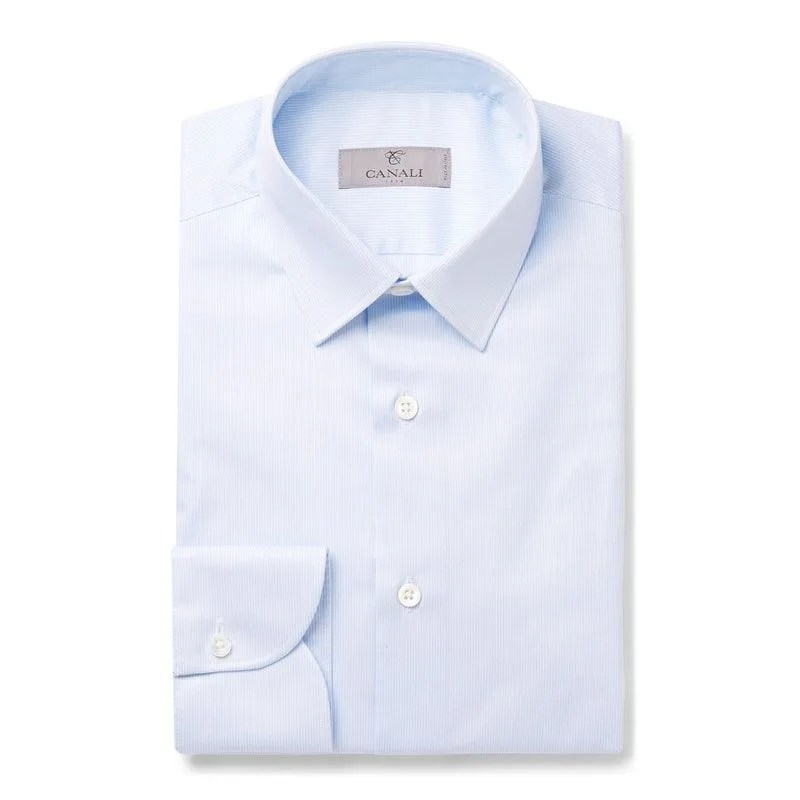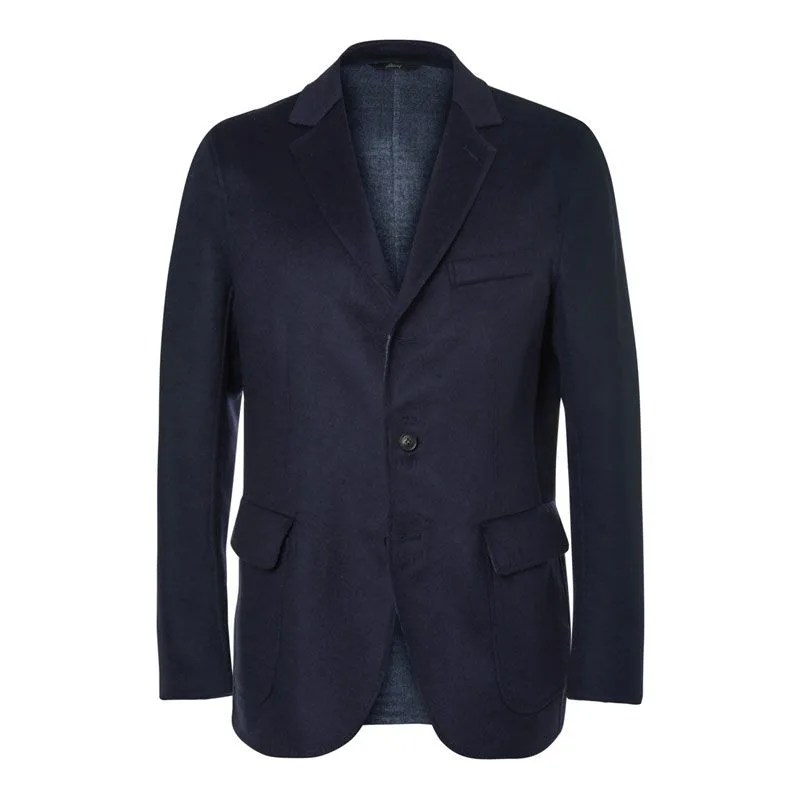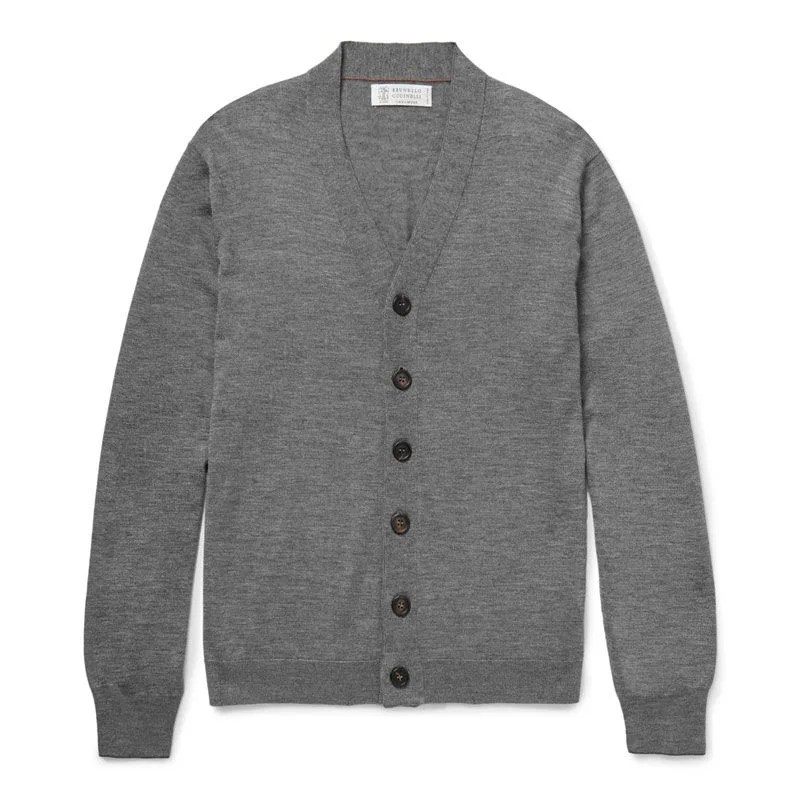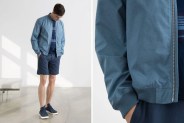The formative roots of Neapolitan tailoring can be traced back to 1351, when the Confraternita dei Sartoi (Tailors Association) was established in the church of S. Eligio al Mercato. As the centuries passed, the art grew and evolved throughout different cities on the Apennine Peninsula. Then, in the early 1900s, Savile Row tailoring inspired the Italian tailor Vincenzo Attolini to create an unstructured version of the British suit jacket, and the jacket style caught on in Naples; quickly, it became the city’s sartorial calling card.
The Neapolitan jacket is characterized by soft, unstructured shoulders, minimal lining and a number of fine details (e.g. patch pockets, a higher lapel notch, a double backstitch on the lapel and pockets). This jacket is the signpost for the beginning of the modern era of Italian style, and though the rich traditions of Italian tailoring date back to the Renaissance, it’s the mid-twentieth century when Italian style really began.
Italy’s history with fine tailoring makes style a birthright for its citizens, and Italian men from the the country own a certain sprezzatura — the essence of being sharply dressed, but nonchalant at the same time. For an Italian, it’s fine to wear jackets and pants made from linen and cotton, as replacement for the more luxurious cashmere and silk options. High-end garments are mixed with more humble pieces (e.g. an unstructured blazer with chinos, a bomber jacket with suit pants), and above all, Italian style centers on the interplay between textures on each layer of clothing (e.g. linen jacket with a cotton shirt and a cashmere knit tie, a chunky cardigan against a fine wool pant).
To pin down the country’s style, one must look to the brands that stay firmly rooted in the traditions of tailoring.
And though Italy is home to a number of the top high-fashion houses, including Marni, Gucci, Dolce & Gabbana, Prada and Missoni, to pin down the country’s style one must look to the brands that stay firmly rooted in the traditions of tailoring.
In 1900, Boglioli was founded in Gambara as a satoria (tailor shop), and after being passed down to a new generation a half-century later, the company became known for their understated garment-dyed jackets. In a similar trajectory, the Neapolitan brand Isaia was founded in 1920 as a fabric store for tailors, but when the next generation took over the company, it was moved to Casalnuovo and grew into a world-class tailoring company. After Canali — founded in 1934 in Sovico (northeast of Milan) — was passed to the second generation of tailors, the brand grew exponentially and in the ’70s, became the first Italian tailor to introduce mechanized cutting machines. Known for their luxury suiting, Canali paved the way for many other luxury Italian tailoring brands.
Brands founded in the mid-twentieth century epitomized the luxury aspect of Italian suiting and to this day remain the gold standard. Founded in 1945, Rome-based suiting brand Brioni made a name for themselves in the world of made-to-measure suits. Almost a decade later in Naples, Kiton was founded and expanded the reach of bespoke suiting. In subsequent years, more brands popped up across the country, notably Barena in Venice (1961) and cashmere-centric Brunello Cucinelli in Solomeo (1987).
